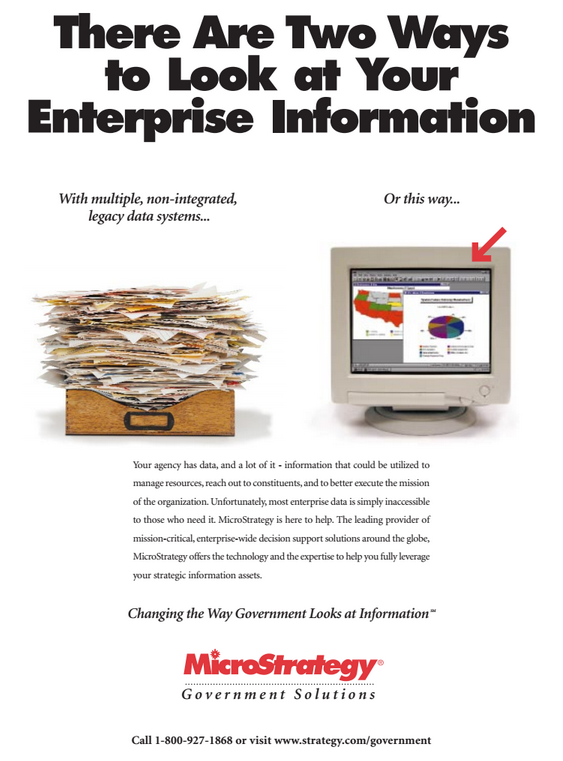

- #NOISEWARE VS. NEAT IMAGE MANUAL#
- #NOISEWARE VS. NEAT IMAGE FULL#
- #NOISEWARE VS. NEAT IMAGE SOFTWARE#
- #NOISEWARE VS. NEAT IMAGE ISO#
NDNoise may not have the same stylish interface as others on test here, but it does reduce most noise, albeit with some softening of the image.


However, there is no facility to save your settings and PNG is the only file format available for saving. A dropdown list enables the Original or Filtered file to be viewed. A fast preview rectangle is available so a portion of the picture can be seen with any adjustment applied. The Noise filtering, Dots/spots/edges smoothing and Retexturing sliders are in increments of 5-100. NDNoise is a standalone application with a good selection of controls, plus an Expert window. Score: Five out of five – Best in test NDNoise The ease of use and quality of noise reduction are excellent. The main window displays a section of the image, but there is no facility to view the entire image. The Auto Brightness settings will assist in previewing any adjustments. A useful feature is the ability to preview the image as RGB, Luma, Colour and Red & Blue channels. These include noise reduction, detail recovery and debanding. On the left are JPEG and raw-file settings plus the ability to add your own custom settings. Website: DeNoise has an easy-to-use interface. Score: Four out of five Topaz Labs DeNoise Noiseware offers lots of control for noise reduction, although it is easy to produce a soft-looking image. There is also the option for multiple previews. The interface is easy to use, with the option to split the screen for a ‘before’ and ‘after’ view. All adjustments or settings made can be saved as a custom preset for use on other images. There are several predefined presets that can be used and tweaked to suit the image being processed.

Website: Noiseware is a Photoshop plug-in with an excellent range of adjustments that include noise level, noise reduction, detail protection, frequency and tonal-colour range. Score: Five out of five Imagenomic Noiseware By default, three colour areas can be defined, and more colour areas can be added by clicking on the ‘+’ symbol.ĭfine produced excellent results on our test file, with the processed image placed as a new layer in Photoshop.
#NOISEWARE VS. NEAT IMAGE MANUAL#
You can override the Automatic setting and choose Manual for greater control.įrom here you can apply control points on the image to selectively reduce noise in different parts or select a colour range to apply the noise reduction. An automatic algorithm is applied to reduce the noise. Website: Dfine 2.0 is a Photoshop plug-in that automatically seeks areas containing noise and places a selection box over each.
#NOISEWARE VS. NEAT IMAGE SOFTWARE#
Score: Four out of five Nik Software Dfine 2.0 Settings can also be saved, making it faster to apply noise reduction to a number of images. Noise reductions can be previewed on the whole image or you can view the colour channels as separate windows.
#NOISEWARE VS. NEAT IMAGE FULL#
Different values can be applied for high, mid and low frequencies for full control on all areas of the image. From here, click on the Noise Filter Settings tab to make all the necessary noise-level adjustments, noise-reduction amounts and sharpening. The interface is minimal in appearance, but clicking on the Auto profile will place a rectangle over an area containing noise. (To avoid this, we recommend over-exposing the image while shooting and adjusting the image in post-processing instead of vice versa.Website: Neat image is available as both a standalone application or as a Photoshop plug-in. They tend to be more conspicuous in the shadows, and brightening the photo in post-processing can make noise more prominent. Noise is usually random but can also occur as patterns in the image. Otherwise, noise reduction should be made in post-processing because noise diminishes the overall quality of the image.
#NOISEWARE VS. NEAT IMAGE ISO#
To keep it less noticeable, maintain ISO at a native level. A high ISO will make noise more noticeable. This is why ISO is so often associated with noise. However, the darker the image, the less detail you will capture, making noise more apparent. It appears as tiny pixels of color or light and can make an image look grainy.Īll images have some level of noise. Digital noise basically refers to incorrect pixelation that can reduce detail in an image.


 0 kommentar(er)
0 kommentar(er)
